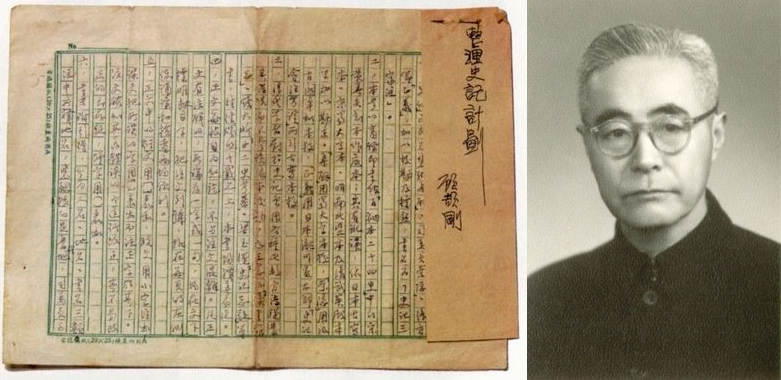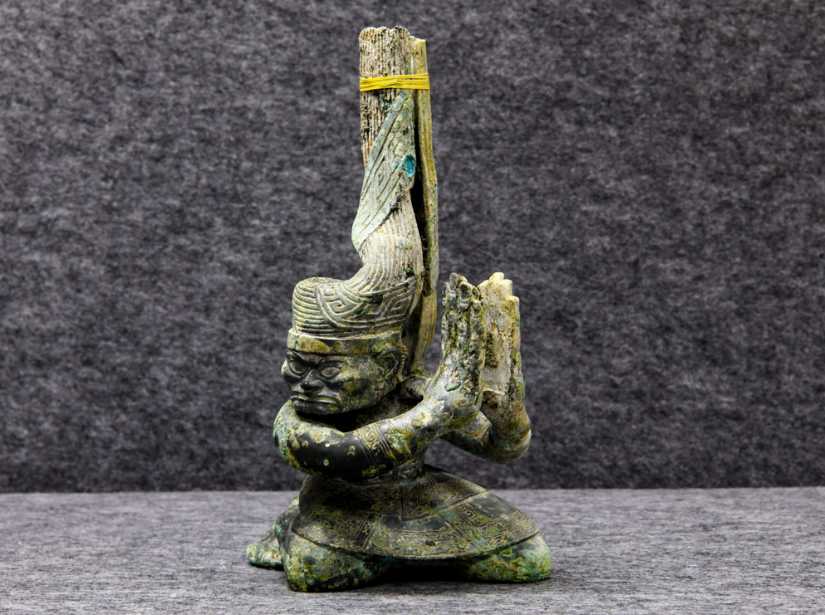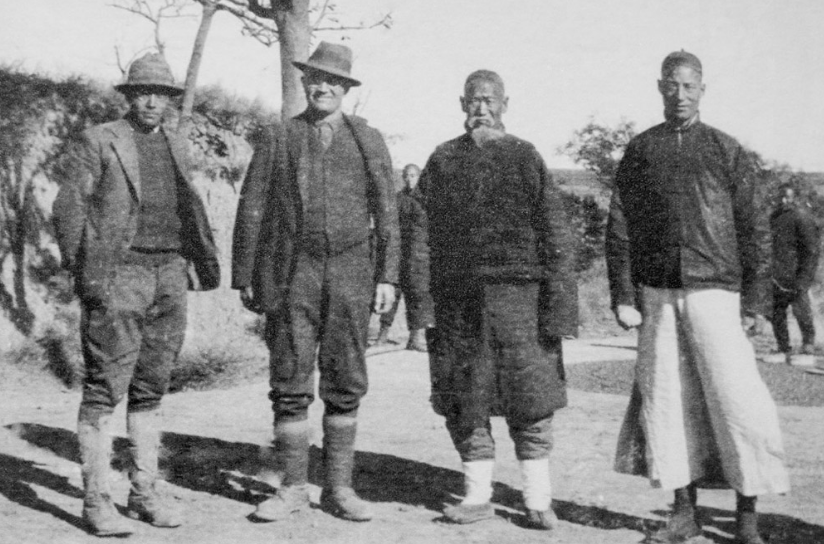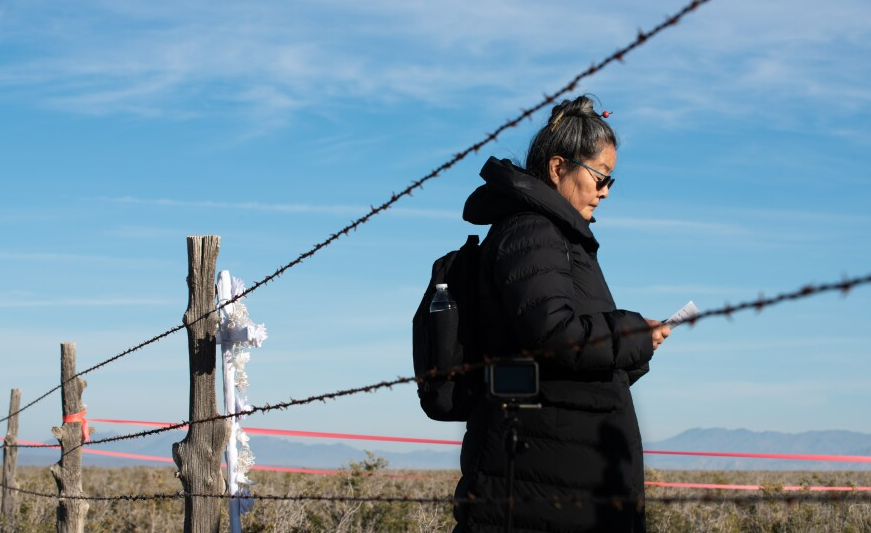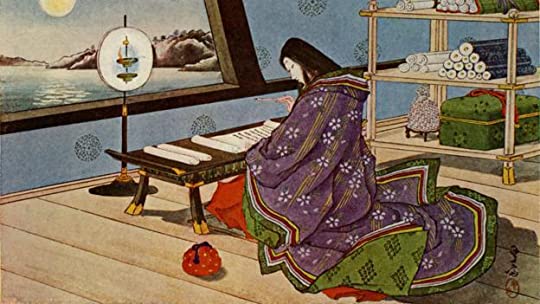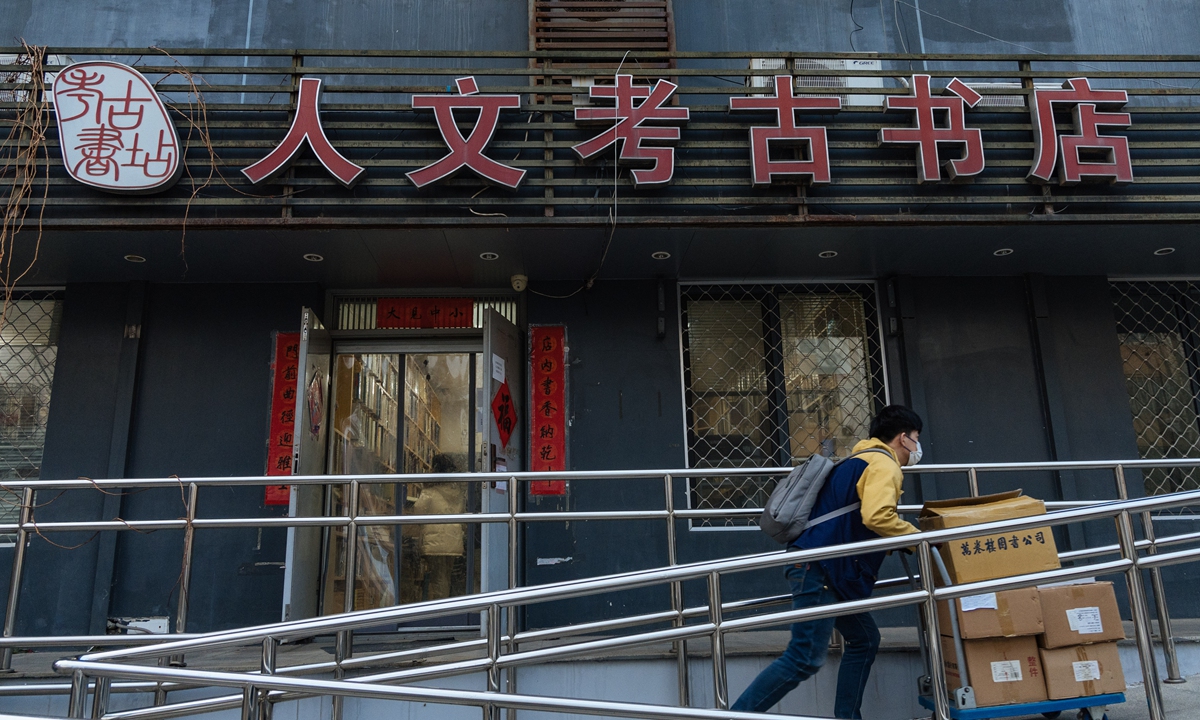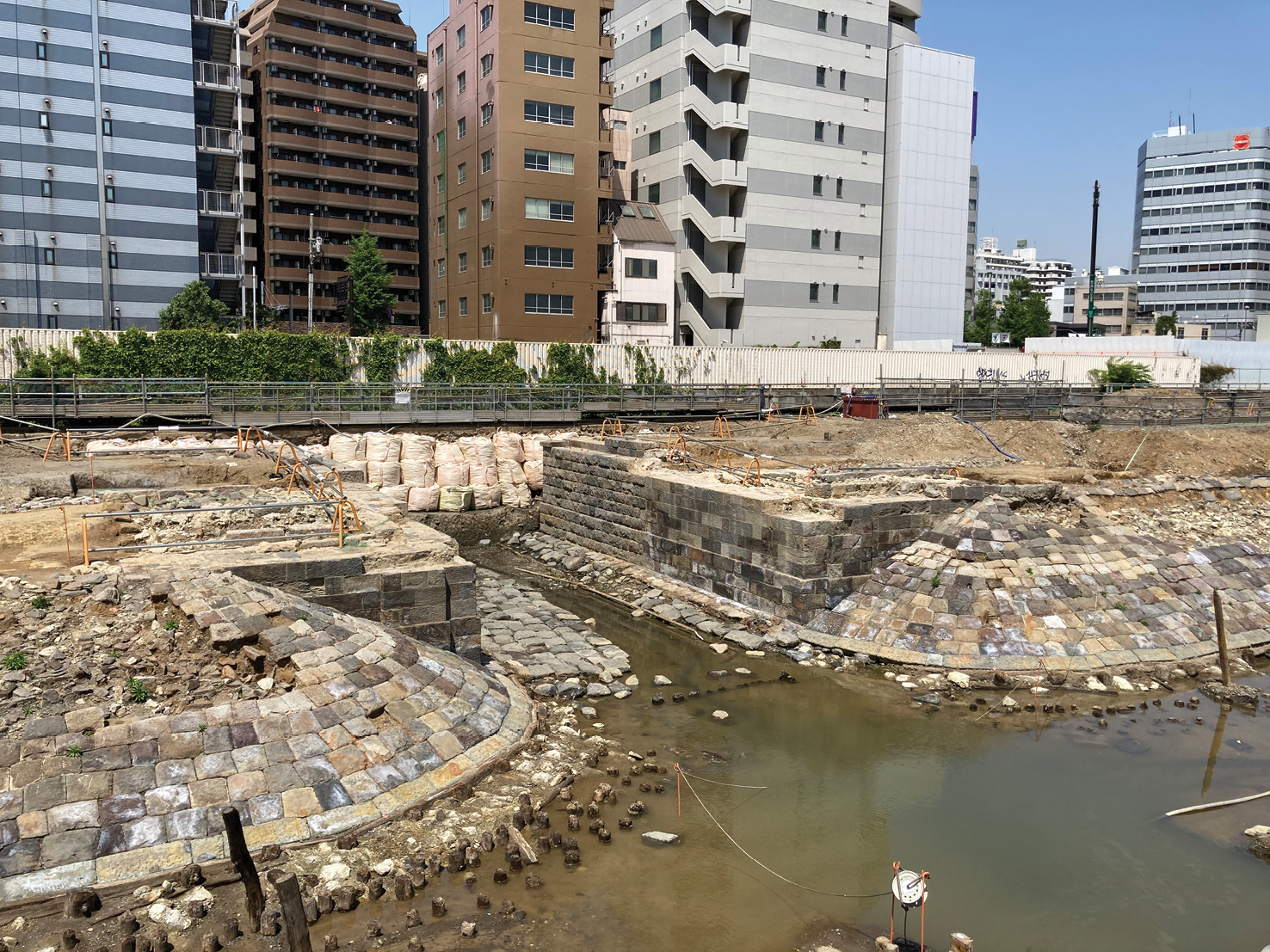SEAA News Blog
New fieldwork or research discoveries? Upcoming conference or workshop? New job opening or fellowship posting? New book?
Share the latest news of your work with your colleagues, advertise for job or fellowship openings, find participants for your conference session and more on the SEAA blog.
Guidelines: All posts should be related in some way to East Asian Archaeology. When writing your post, please use capital letters for surnames. Original script (Chinese, Korean, Japanese) for East Asian place names, personal names, or archaeological terms is encouraged. For the transcription of East Asian language terms, Pinyin for Chinese, Hepburn for Japanese, and the Korean Government System (2000) for Korean is encouraged.
Contributions should be limited to around 500 words and 1-2 images. For longer descriptions of your projects, you may consider the Reports section of the Bulletin (BSEAA).
Members can submit their news posts to the SEAA web editor via the website (see SEAA Members' Area for details and instructions on blog submissions) or via email. Non-member contributions are also welcome and may be submitted via email to the SEAA web editor.
The editor(s) reserves the right to carry out minor editing, or to decline contributions inappropriate to the objectives of SEAA.
In October 1921, the Swedish geologist, archaeologist, and scholar Johan Gunnar Andersson led a small expedition into rural Henan province in northern China. By this point in his career, the 47-year-old Andersson was a well-known figure in international academic circles, in part due to his earlier participation in two Antarctic expeditions. In 1914, China’s newly formed Beiyang Government hired him as a mining consultant and tasked him with surveying China’s iron ore deposits.
Last year, two archaeologists found a monument at a Utah internment camp that imprisoned Japanese Americans. The prisoners there built it for a man killed by a guard. But earlier this year, the Topaz Museum — built to educate the public about the camp — removed the monument with a forklift. There were no archaeologists on hand and the museum hadn’t let former prisoners and their descendants know.
The Japanese American community was crushed. Some were angry. But now, they’re trying to find a path forward.
Researchers here said they uncovered the apparent remains of the Dairi imperial residence of the Heiankyu palace, the locale for Heian Period (794-1185) literary classics “The Tale of Genji” and “The Pillow Book.”
According to a report on the findings by the Kyoto City Archaeological Research Institute, the excavation was carried out in 2015 in the Higashi-Shinmeicho district of Kyoto’s Kamigyo Ward, about 500 meters northwest of Nijo Castle.
It's hard to believe that such a specialized bookstore some 125 square meters in size has managed to survive for almost 10 years despite challenges brought by the rise of e-commerce and the global pandemic.
More surprisingly, the quiet little bookstore, the only independent one in the country dedicated to archaeology and museology, is quiet famous in the fields both in China and abroad.
A new book in the Archaeology of East Asia series has been published in BAR, entitled Late Pleistocene and Early Holocene Microblade-based Industries in Northeastern Asia by Zhang Meng. All SEAA members get a 20% discount. Please find the description below:
The Needham Research Institute, located in Cambridge, UK, is currently welcomes applications for the following research opportunities:
The Jing Brand Scholarships in Chinese Science and Civilisation
The Ho Peng Yoke Fellowship in the History of Science and Technology in China (2022-2023)
The Münchner Zentrum für Antike Welten (MZAW) invites applications for a Visiting Professorship in Cultural History of the Ancient World for either one or two years, starting on October 1, 2022.
It was during the Edo period (1603-1868) that Japan effectively sealed itself off from the outside world to avoid the ravages of Western imperialism that were conspicuously on display in other parts of Asia, most notably India and China. Educated Japanese urbanites of the era cultivated many hobbies, including a passion for antiquities. Knowledge of the outside world came in through a Dutch factory at Deshima in Nagasaki, far to the west on the island of Kyushu.

